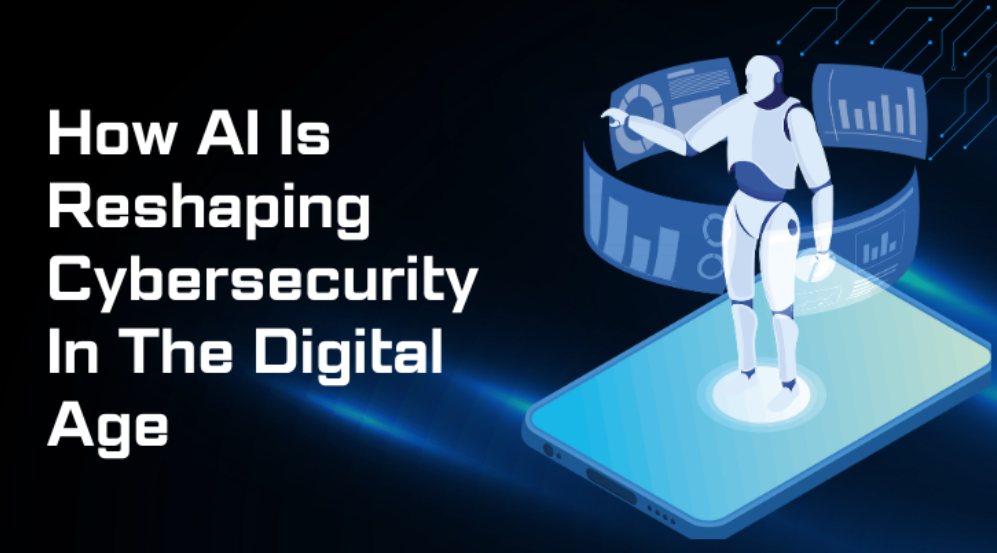Top ERP Implementation Techniques
Setting up the software, migrating your data to a new ERP system, and establishing business procedures for users are all a part of an ERP deployment approach. Choosing the right partner to help you implement your ERP system is almost as crucial as picking the right ERP software.
The current competitive business environment necessitates that businesses not only innovate, but also optimize their existing operations. An organization must collect relevant data from each business function in order to examine it thoroughly and uncover strategy holes. However, a business is made up of numerous functions & contains a large amount of information. Because managing so much data might be difficult, software that can efficiently collect data from several activities is required.
Listed below are a few ERP deployment tactics that may be useful:
1: Define requirements clearly before acting
The scope of your project is an important consideration. Businesses that fail to maintain a laser-like focus on specific processes and system needs may find that ERP adoption takes longer and costs more money. Your project won't get out of hand if you have a well-defined scope.
2: Consider your alternatives
Evaluation efforts that are poorly handled and managed cause huge problems at every stage of the implementation process. Vague specifications can lead to firms selecting the wrong provider or performing poor data migration & delaying completion. Before making any big decisions, make sure you've done your homework, gotten feedback from users and team leaders, and thoroughly evaluated both your heritage systems and your intended ERP deployment.
3: Keep a record of user procedures
Understanding how users interacted with historical systems & reviewing and refining workflow, and giving users all the brief instructions needed to traverse a new feature-rich working environment can benefit a lot from proper documentation. Before and throughout ERP deployment, create and maintain papers that detail essential user procedures and routines.
4: Implementation in a single step
This implementation strategy necessitates an urgent migration of all users to the new system. Single-step ERP deployment is ideal for smaller operations and enterprises with fewer users because it is a relatively simple and straightforward approach that allows you to focus on your project scope and implementation parameters. However, it is not for everyone.
5: Phased implementation
Changing to a new system gradually over time allows for the early adoption of essential features and guarantees that any faults or complications are isolated from operational operations that have already been implemented. This system implementation strategy, while more adaptable than a single-step approach, may imply a tedious procedure, especially for firms that frequently change the parameters of an implementation project.
6: Adoption in two stages
This technique entails running both new ERP and legacy systems at the same given time. Parallel adoption is ideal for businesses and organizations concerned about user training and education. It allows users to learn the way to navigate the new system while remaining in a familiar and established working environment.
7: Think about your customization options carefully
The level of modification necessary to configure & implement a new ERP system should be strongly considered. Customized frameworks have a tendency to have considerable deployment and operational expenses. Many of the most basic business operations are the same for the vast majority of businesses, so you should carefully consider the necessity for customization against the possible expenses.
8: Select the most appropriate project manager
Make an internal project or team leader responsible for your implementation efforts. A vendor-selected project manager might be a great asset, but what you truly need is an internal partner that understands your working process and the demands of your employees. Choose a team leader with prior expertise managing software systems and assign him or her the responsibility of reviewing all end-user requirements and understanding the new system totally.
For many areas of data migration and employee training, an internal project lead is a very crucial resource.
9: Mobile users must be considered
It would be a substantial liability to restrict ERP system access to desktop working environments. When it comes to your ERP system installation strategy, do not neglect the growing popularity & sophistication of mobile devices. According to a recent Nielsen study, mobile Internet usage has now also surpassed desktop usage. With this in mind, it's critical to implement a mobile ERP strategy that allows users to remain productive when utilizing smartphones and tablets while also avoiding additional security risks.
10: Set aside enough time and resources for training
Learning and mastering a new way of working might take a significant amount of time and effort. Allow enough time for your employees to become familiar with the new ERP system, and make sure they have access to plenty of training resources and opportunities during the migration and deployment, as well as in the future.

















Post Comments